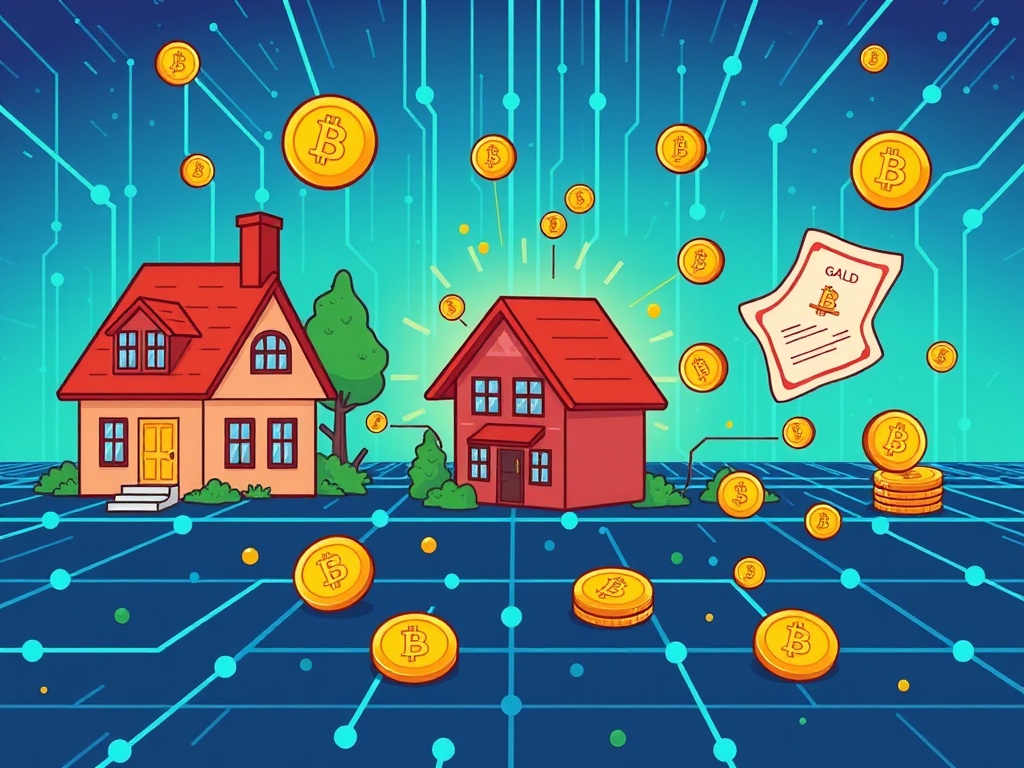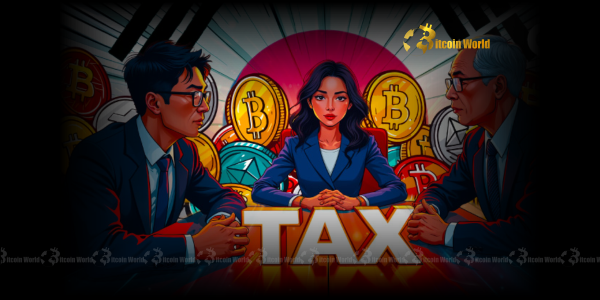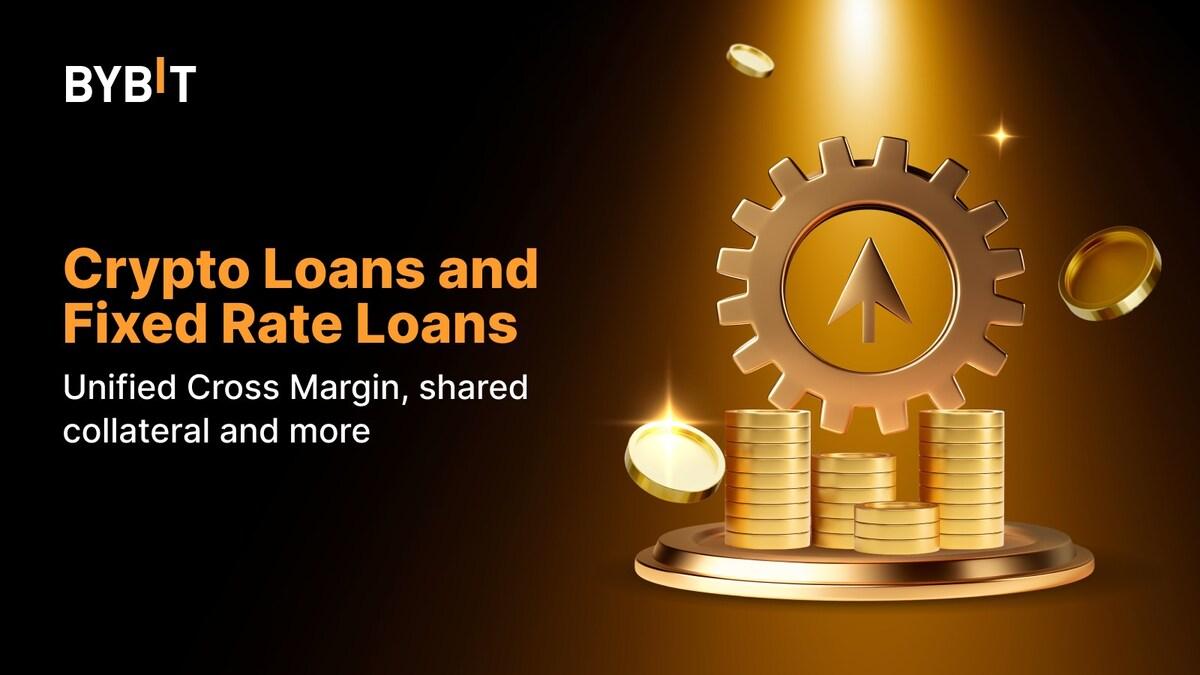BitcoinWorld

RWA Tokenization: Unlocking the Massive Future of Digital Assets
The financial world is witnessing a profound shift, with Bank of America (BofA) recently highlighting a significant surge in investor interest towards RWA tokenization. This innovative approach involves transforming real-world assets like stocks, bonds, bank deposits, and real estate into digital tokens on a blockchain. BofA’s July 28 report signals not just a trend, but a multi-year journey towards a future where transactions are instant and liquidity is greatly enhanced. For anyone watching the evolution of finance, understanding RWA tokenization is becoming increasingly vital.
What is Driving the Surge in RWA Tokenization?
At its core, RWA tokenization is the process of converting ownership rights of physical or tangible assets into digital tokens on a blockchain. This movement is driven by several factors, as traditional financial systems often present limitations that blockchain technology can overcome.
- Demand for Efficiency: Traditional financial systems often involve lengthy settlement times and multiple intermediaries. Blockchain offers the promise of near-instantaneous transactions, drastically cutting down the time and resources required for asset transfers. This efficiency is a major draw for institutions and investors alike.
- Global Accessibility: Digital tokens, by their nature, can be accessed and traded globally, 24/7. This opens up new markets for assets that were previously limited by geographical boundaries or traditional trading hours, democratizing access to investment opportunities.
- Fractional Ownership: One of the most compelling aspects of RWA tokenization is its ability to enable fractional ownership. Large, illiquid assets, such as high-value real estate or art, can be divided into smaller, more affordable digital units. This makes investment more accessible to a wider range of investors, potentially boosting liquidity for these assets.
The Revolutionary Benefits of RWA Tokenization
The allure of RWA tokenization lies in its potential to revolutionize how we perceive and interact with assets. The benefits are compelling, promising a more agile and inclusive financial ecosystem.
- Instant Settlement: Unlike traditional markets that operate on T+2 or T+3 settlement cycles (meaning transactions take days to finalize), blockchain transactions can settle in minutes or even seconds. This frees up capital faster and reduces counterparty risk.
- Enhanced Liquidity: By enabling fractional ownership and facilitating 24/7 global trading, assets that were once considered illiquid, like private equity or real estate, can become significantly more liquid. This attracts a broader pool of investors and can lead to more efficient price discovery.
- Reduced Costs: Automating processes through smart contracts and removing many traditional intermediaries can significantly lower transaction fees, administrative overhead, and operational costs associated with asset management and transfer.
- Increased Transparency: Blockchain’s immutable and distributed ledger provides a clear, verifiable record of ownership and all transactions. This inherent transparency can reduce fraud, increase trust, and simplify auditing processes.
Navigating the Challenges of RWA Tokenization
While the promise of RWA tokenization is vast, its widespread adoption faces considerable hurdles. BofA’s report acknowledges that this transformative shift requires significant infrastructure build-out and careful navigation of existing financial structures.
- Infrastructure Development: Robust, scalable, and secure blockchain infrastructure is essential to handle the immense volume and complexity of global asset tokenization. This includes developing new platforms, protocols, and interoperability standards.
- Regulatory Clarity: Perhaps the most critical challenge is the lack of a clear, unified legal and regulatory framework. Different jurisdictions have varying approaches to digital assets, creating uncertainty for institutional adoption and investor protection. Harmonizing these regulations is crucial.
- Interoperability: Ensuring that different blockchain networks can communicate seamlessly with each other, and with traditional financial systems, is a key technical challenge. Without robust interoperability, the full potential of tokenization cannot be realized.
- Disruption to Incumbents: The potential for blockchain to disrupt traditional banking revenue streams, as noted by BofA regarding institutions like Citi, is a concern for established players. However, BofA also argued that incumbents’ expertise and adaptability are often underestimated, suggesting a path for collaboration rather than outright replacement.
Real-World Examples: Where is RWA Tokenization Already Happening?
The concept of RWA tokenization is not merely theoretical; it is already taking root in various parts of the world, demonstrating its practical application and potential impact. One notable example highlighted by Bank of America is Dubai.
Dubai’s Land Department Platform: Dubai is at the forefront of real estate tokenization. Its Land Department platform is actively working to digitize an estimated $16 billion of property by 2033. This ambitious initiative allows for fractional ownership of real estate, making property investment more accessible to a broader base of investors and potentially unlocking significant liquidity in the market.
Beyond real estate, efforts are underway to tokenize various other assets, including fine art, commodities, and even intellectual property rights. These pilot projects and emerging platforms showcase the versatility of RWA tokenization across different asset classes.
| Feature | Traditional Asset Ownership | Tokenized RWA Ownership |
|---|---|---|
| Settlement Time | Days (e.g., T+2/T+3) | Minutes/Seconds |
| Accessibility | Limited Hours, Geographic Restrictions | 24/7 Global Access |
| Liquidity | Often Low (especially for illiquid assets) | Enhanced (Fractional Ownership, Wider Pool) |
| Transaction Costs | Higher (Intermediaries, Fees) | Potentially Lower (Automated, Fewer Intermediaries) |
The Future Landscape: What’s Next for RWA Tokenization?
The journey towards full-scale RWA tokenization is indeed a multi-year endeavor, as Bank of America suggests. It will involve a delicate balance of innovation and adaptation, with traditional finance and blockchain technology converging to create new paradigms.
The ongoing dialogue between financial incumbents and blockchain innovators will be key. While some fear disruption, many see the potential for powerful collaborations that leverage the strengths of both worlds. Traditional financial institutions bring regulatory compliance, client trust, and deep market expertise, while blockchain offers efficiency, transparency, and new avenues for liquidity.
Continued regulatory evolution is also anticipated, as governments and financial bodies work to establish clear guidelines that foster innovation while protecting investors. Technological advancements in blockchain scalability, security, and interoperability will further pave the way for broader adoption of RWA tokenization across diverse asset classes.
Bank of America’s report underscores that RWA tokenization is not a fleeting trend but a foundational shift with immense potential to reshape global finance. While challenges like infrastructure and regulatory clarity persist, the benefits of instant settlement, enhanced liquidity, and broader access are too significant to ignore. The ongoing innovation, coupled with the adaptability of financial incumbents, suggests a future where real-world assets seamlessly integrate into the digital realm, creating unprecedented opportunities for investors and asset owners alike.
Frequently Asked Questions (FAQs) About RWA Tokenization
Q1: What exactly is RWA tokenization?
A: RWA tokenization is the process of converting ownership rights of tangible assets, such as real estate, stocks, bonds, or commodities, into digital tokens on a blockchain. These tokens represent a verifiable and immutable record of ownership or a share of an asset.
Q2: What are the main benefits of tokenizing real-world assets?
A: Key benefits include instant settlement of transactions, enhanced liquidity for otherwise illiquid assets, reduced transaction costs by cutting out intermediaries, increased transparency through blockchain’s immutable ledger, and the ability to enable fractional ownership for high-value assets.
Q3: What challenges does RWA tokenization face?
A: Major challenges include the need for significant infrastructure build-out, the absence of clear and unified legal and regulatory frameworks across different jurisdictions, and technical hurdles related to interoperability between various blockchain networks and traditional financial systems.
Q4: How does RWA tokenization affect traditional banking?
A: While RWA tokenization could disrupt traditional banking revenue streams, it also presents opportunities for incumbents to adapt and innovate. Banks can leverage their expertise in compliance, risk management, and client relationships to participate in the tokenized asset market, potentially collaborating with new blockchain technologies.
Q5: Is RWA tokenization happening now?
A: Yes, RWA tokenization is already underway. Examples include Dubai’s Land Department platform digitizing real estate, and various pilot projects exploring the tokenization of fine art, commodities, and other assets globally. The trend is gaining momentum, as highlighted by Bank of America.
If you found this article insightful, consider sharing it with your network! Your support helps us continue to provide valuable insights into the evolving world of digital finance and RWA tokenization.
To learn more about the latest crypto market trends, explore our article on key developments shaping digital assets institutional adoption.
This post RWA Tokenization: Unlocking the Massive Future of Digital Assets first appeared on BitcoinWorld and is written by Editorial Team





